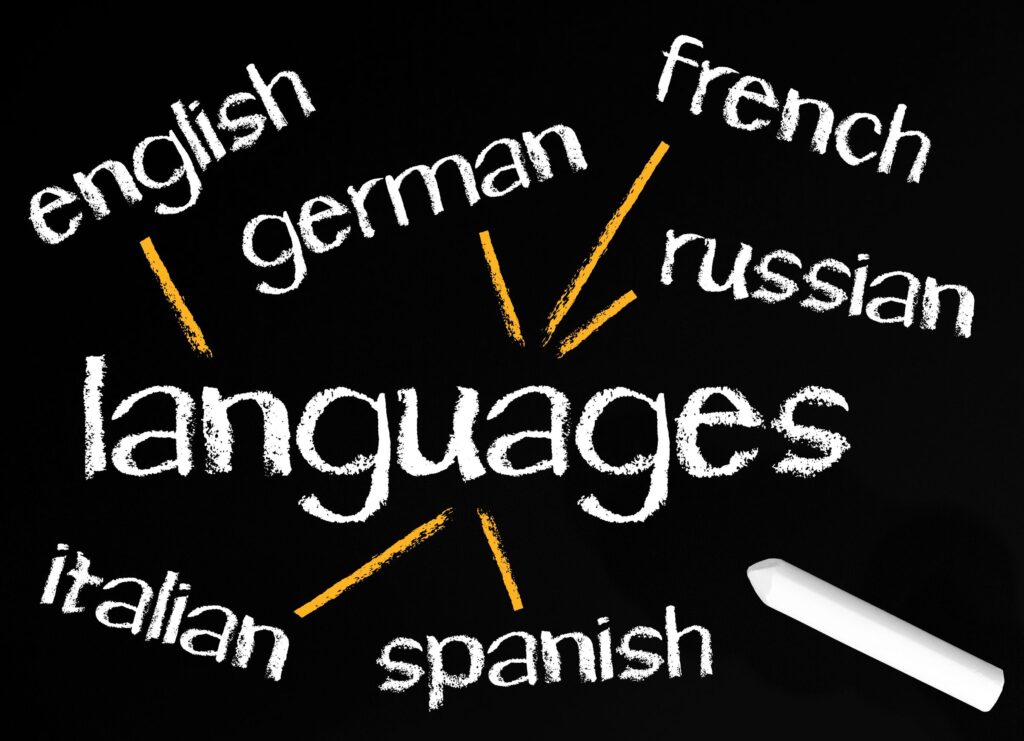The Jewish New Year, Rosh Hashanah, literally means “head of the year.” It is a period of divine atonement and soul regeneration.
Rosh Hashanah begins this year at sundown on Monday, September 6th. It ends at dusk on Wednesday, September 8th for those observing two days. (Some Jews observe only one day, which begins at sundown on Tuesday, September 7th and finishes at nightfall on Wednesday, September 8th.)
Blowing the shofar (ram’s horn) on both mornings of Rosh Hashanah (except on Shabbat) is a central observance, which is generally done in the synagogue as part of the day’s ceremonies but may be done anywhere for anyone who can not attend.
Rosh Hashanah marks the start of the Days of Awe, a 10-day period of contemplation and repentance that culminates in the Yom Kippur festival, also known as the Day of Atonement. The Jewish religion’s two “High Holy Days” are Rosh Hashanah and Yom Kippur.
What Is Rosh Hashanah? A Brief History
Rosh Hashanah is not referenced in the Torah, Judaism’s founding sacred source, but it does appear in the Bible under other names. The phrase “Rosh Hashanah” appears for the first time in the Mishna, a Jewish rule of law compiled in 200 A.D., despite the fact that the holiday was likely well established by the sixth century B.C.
The Hebrew calendar begins with Nisan, while Rosh Hashanah falls at the beginning of Tishrei, the month in which God is claimed to have created the world. As a result, Rosh Hashanah can be considered the world’s birthday rather than New Year’s in the secular sense; nonetheless, it is on Rosh Hashanah that the civil year’s number increases.
In addition to Rosh Hashanah, the Mishna mentions three other “new years” in the Jewish calendar. Nisan 1 was used to restart the month cycle and calculate the length of a king’s reign. Elul 1 corresponded to the beginning of the contemporary fiscal year and determined animal tithing for charity or sacrifice. Shevat 15 figured out how old fruit-bearing trees were. It is now paid tribute to as a minor holiday.
During the 10 Days of Awe between Rosh Hashanah and Yom Kippur, God is said to evaluate all creatures, deciding whether they will survive or die in the future year. On Rosh Hashanah, according to Jewish scripture, God inscribes the names of the virtuous in the “book of life” and sentences the wicked to death; those who fall between the two categories have until Yom Kippur to repent.
As a result, devout Jews regard Rosh Hashanah and the days leading up to it as a time for prayer, good actions, reflection, and making apologies with others.
How to Celebrate Rosh Hashanah
Rosh Hashanah is a calm and meditative festival, unlike current New Year’s celebrations, which are generally frantic parties. Because Jewish sources differ on the length of the celebration, some denominations observe Rosh Hashanah for a single day while others observe it for two days.
Work is forbidden, and devout Jews spend the majority of their time at synagogue. During both Rosh Hashanah and Yom Kippur, rabbis and their congregations read from a specific prayer book known as the machzor because the High Holy Day prayer services include distinct liturgical texts, melodies, and customs.
The shofar, a trumpet made from a ram’s horn, is an important and symbolic feature of both Rosh Hashanah and Yom Kippur. The sorrowful sound of the antique instrument is both a summons to penance and a reminder to Jews that God is their king.
On Rosh Hashanah, the shofar blower is required to play four sets of notes: tekiah, a long blast; shevarim, three short blasts; teruah, nine staccato blasts; and tekiah gedolah, a very lengthy blast, according to tradition. Because of the strong connection between this ceremony and Rosh Hashanah, the celebration is also known as Yom Teruah, or the Day of Shofar Sounding.
Many Jews come home after religious services for a festive lunch rich in meaning and ritual. In honor of Rosh Hashanah, some people dress up in new or unusual apparel and decorate their tables with nice linens and place settings. The meal usually starts with the lighting of two candles and includes dishes that symbolize good fortune in the coming year.
Did You Know? Facts About Rosh Hashanah
1. On the second night of Rosh Hashanah, it is customary to consume a fruit you haven’t eaten for a long time.
Eating a pomegranate, a fruit rich in meaning, is a common way to observe this delectable festival (and nutrients). It arose as a technical solution to a legal issue with the recitation of the Shehechiyanu blessing on the holiday’s second day.
2. Thousands of Hasidic Jews go to Ukraine each year for a Rosh Hashanah gathering known as a “kibbutz.”
This vibrant event, which originated from the early 1800s (and has nothing to do with the Israeli kibbutz movement), takes place in Uman, the town where Nachman of Breslov, founder of the Breslover Hasidic sect and great-grandson of the Baal Shem Tov, is buried. The pilgrimage was timed to coincide with Rosh Hashanah, Nachman’s favorite Jewish holiday.
3. There are four Jewish New Year, and Rosh Hashanah is only one of them.
Rosh Hashanah is the most well-known Jewish new year, but it is not the only one. There are three more, according to Mishnah.
According to the Book of Exodus, the first of Nisan, the springtime month in which Passover occurs, is the start of the year. Tu Bishvat (the 15th day of the Hebrew month of Shevat) is the new year for trees, while the first of Elul (typically in August) is the new year for animal tithes, according to Jewish tradition.
We hope that you have a fruitful celebration of Rosh Hashanah with your loved ones! If you have any questions or other fun facts that you would like to share, let us know in the comments. We’d love to hear from you!
Expect nothing but the best Hebrew translations from eTS
Hebrew is a revived language, and it is becoming important once again. Ensure that you are getting the most accurate Hebrew translations when you need them. eTranslation Services has a network of native-speaking translators working with over 200 languages, from the major languages to the obscure and rare languages. They live in-country, so they have the linguistic expertise and have a deep knowledge of local culture, assuring our clients that they are using the most appropriate language for your target audience. Whenever you need accurate translations at competitive rates, please get in touch with us. You can easily reach us through [email protected] or at (800) 882-6058.
Center for Jewish History, NYC, No restrictions, via Wikimedia Commons



